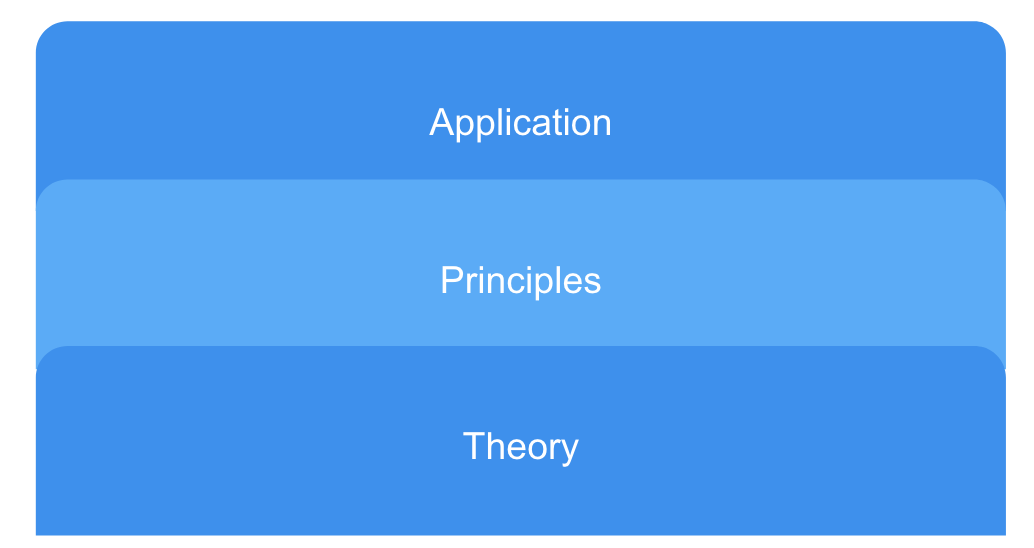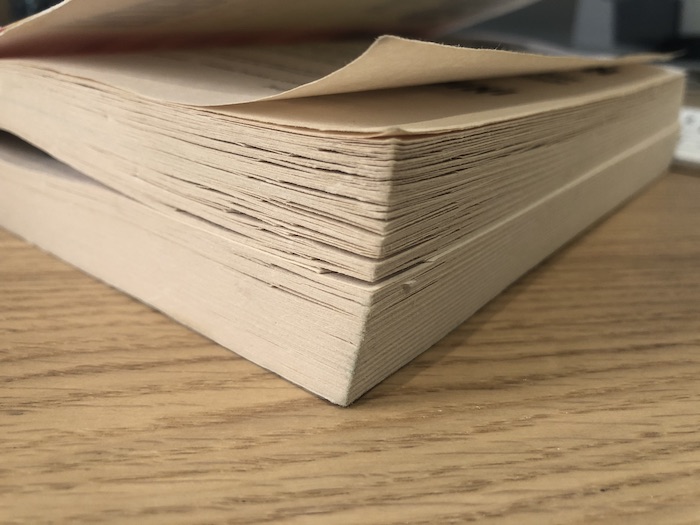How I read is really important to me.
I don’t want to waste my time, and I want to make sure I can extract the most value from the material that’s in front of me.
This post explains a little bit about how I read and why. Hopefully, it can help you read better, find the time or just prompt you to reflect on your technique.
As always, if you can share any advice or tips on reading with me I’d be forever grateful to you. Use the comments section further down the page or get in contact with me on Twitter.
Choosing Books & Other Resources
Each month I pick a topic on which I read, watch or listen (e.g. podcasts, interviews, etc.). To be clear, I’m looking for material from one specific and deliberate field of knowledge. Of course, topics will overlap.
Many of these topics will be familiar to me before I read on them, but I won’t enough to navigate to the best resources for the best use of my time ex-ante. That’s where you can help, by recommending books and other resources.
Loosely, I think of my information gathering technique as bridging three layers.

The Application layer is usually where I start my information discovery. I think of this material as the ‘basics of’ style resources (podcasts, books, etc.). Think of the book series “For Dummies”.
Reading those books will help you to understand the basics of topics and how to explore sub-topics at a deeper level.
Using the topic of marketing as an example, the book Digital Marketing For Dummies explores all manner of different techniques, resources and ideas on the topic of digital marketing. By reading it I can find the marketing concepts that most interest me and pursue them to a deeper level.
Combined with Amazon, Goodreads and blogger reviews, plus your help, I think one good book and podcast at the Application layer is enough for me to get the ‘lay of the land’.
At the Principles layer, I do most of my reading and information gathering. I probably spend 50% of my time here. A month isn’t long enough for me to explore the Theory layer (see below) in great detail, so I rely on experts, interviews and well-researched books to interpret and distill the important points from the bodies of knowledge.
If the Application layer tells you the ‘how’, the Principles layer interprets the ‘why’.
Continuing with the topic of marketing, a book like Permission Marketing by Seth Godin fits neatly into the Principles layer. If you read Seth’s book, which was a gamechanger when it came out, you begin to appreciate why digital marketers still use permission marketing practices some 20 years later.
Finally, the Theory layer of information consumption is crucial to a deeper understanding. The content found here is also principles-based, but they go deeper than a rehash of studies. Context-rich books, academic journals, technical interviews, textbooks, etc. and interesting studies might be found here.
Again on the topic of marketing, Robert Cialdini’s books Pre-Suasion and Persuasion are principled books. However, they are, in effect, an extremely concise summary of the major academic research and studies conducted in marketing, decision-making and persuasion. I’d like to have at least one or two resources get to this level each month.
Bookmarking & Marginalia
I highlight and underline lots of text and use marginalia to write notes and draw diagrams in the margins of books. The library wouldn’t like me.
I will fold the corners of my books to signal important material. The further up the page I fold, the more important that material is to me. See “How I Remember What I Read“.
Making Time
‘Finding’ time to read is virtually impossible for most people. We’re always doing something. That’s why reading requires sacrifice.
A rearranging of priorities.
I set my reading calendar at one month because it gives me sufficient time to explore one topic to a decent level and keeps the feedback loops short. Habits trump goals and are harder to break because they are shorter.
When it comes to making time. I read for an hour or so before work, at lunch, while walking or commuting, at night and on weekends. It’s important to me to avoid using my phone or digital device before bed.
Using a device within 60 minutes of bed has been shown to interrupt your circadian rhythm and reduce melatonin while we sleep — meaning, it’s harder to fall asleep and once we do it is never as deep as it needs to be.
Your body demands sleep.
Memory & sleep is a topic I will explore for one entire month in 2020.




